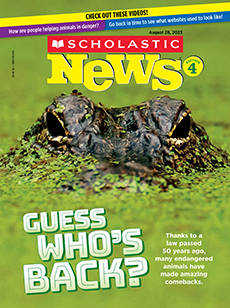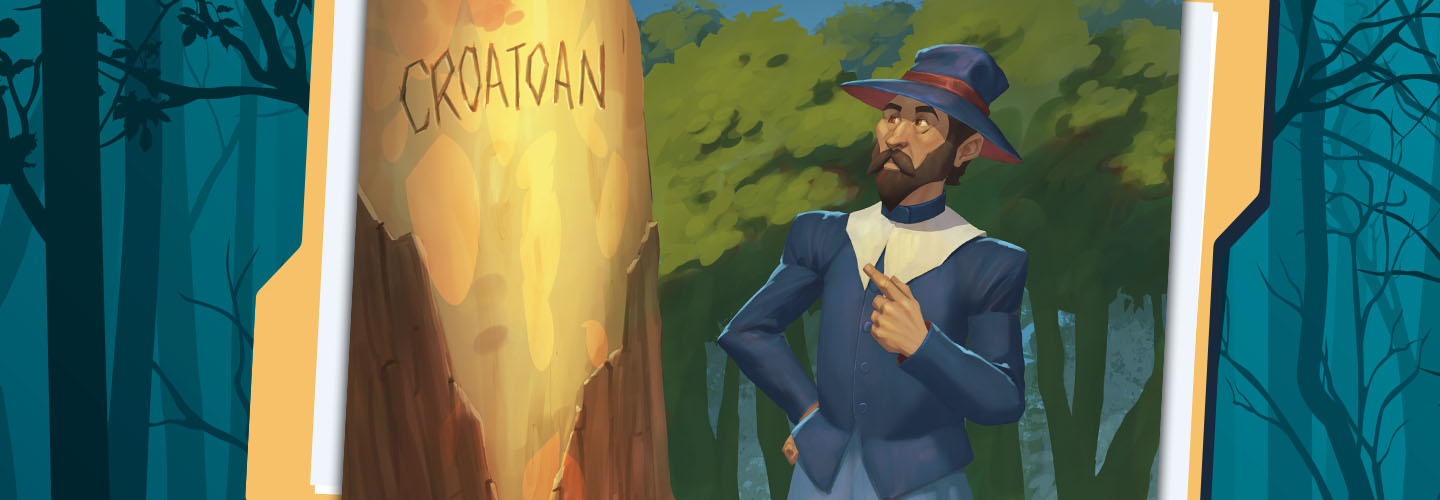Dawson está seguro de que los colonos fueron a vivir con los croatoan. En 2024, unos investigadores encontraron unas escamas de hierro llamadas “cascarillas de forja” en la isla de Hatteras. Este material proviene de la forja, que es el proceso de convertir metal en armas y herramientas.
“Ninguno de los nativos sabía forjar”, dice Dawson. Si no fueron los colonos, pregunta, ¿cómo llegaron las cascarillas de forja a la isla de Hatteras?
Pero no todos los expertos están de acuerdo. Si no, pregúntale al arqueólogo Charles Ewen. Él señala que los herreros utilizaban una chimenea llamada hogar. Pero no se ha encontrado ningún hogar cerca. Además, como sostiene Ewen, otros exploradores o colonos diferentes a los de Roanoke pudieron dejar allí las escamas.
Con los años, los investigadores han desenterrado decenas de objetos. Afirman que estas pistas prueban diferentes ideas (mira Resolver el misterio). Pero Ewen y otros expertos se muestran escépticos.
“Quizá estén todos equivocados —dice Ewen—. Hay tan pocas pruebas”.
Ewen confía en que algún día conoceremos la verdad. Por ahora, la colonia perdida sigue siendo un misterio.

